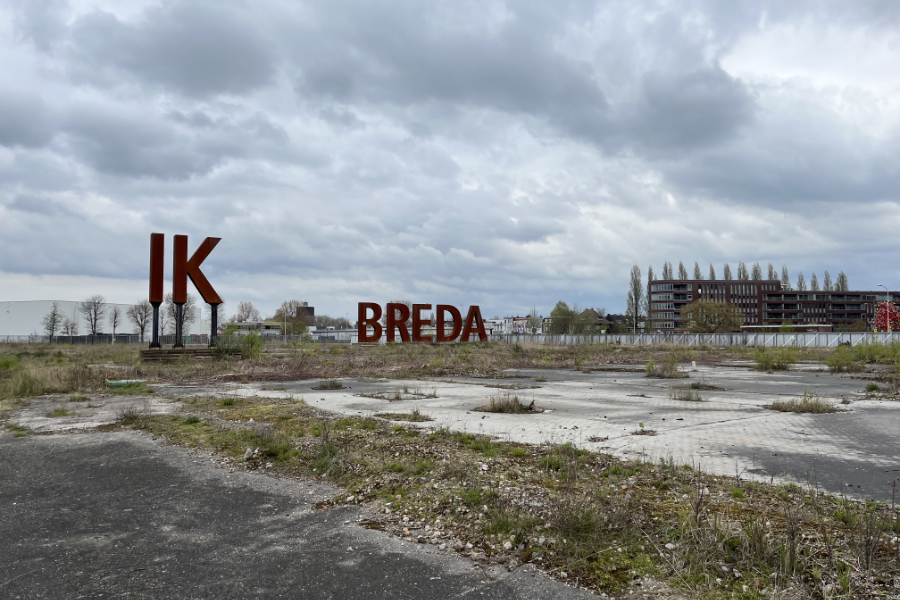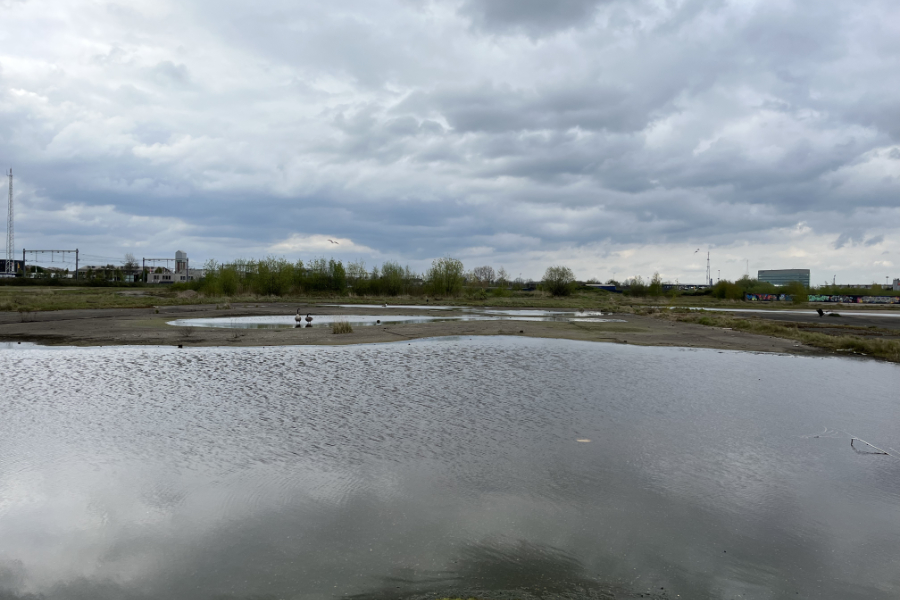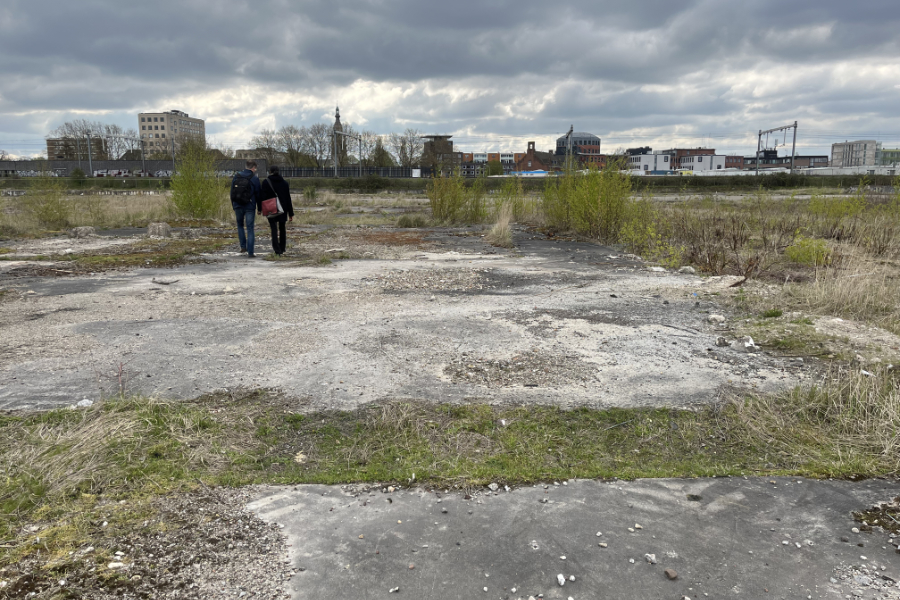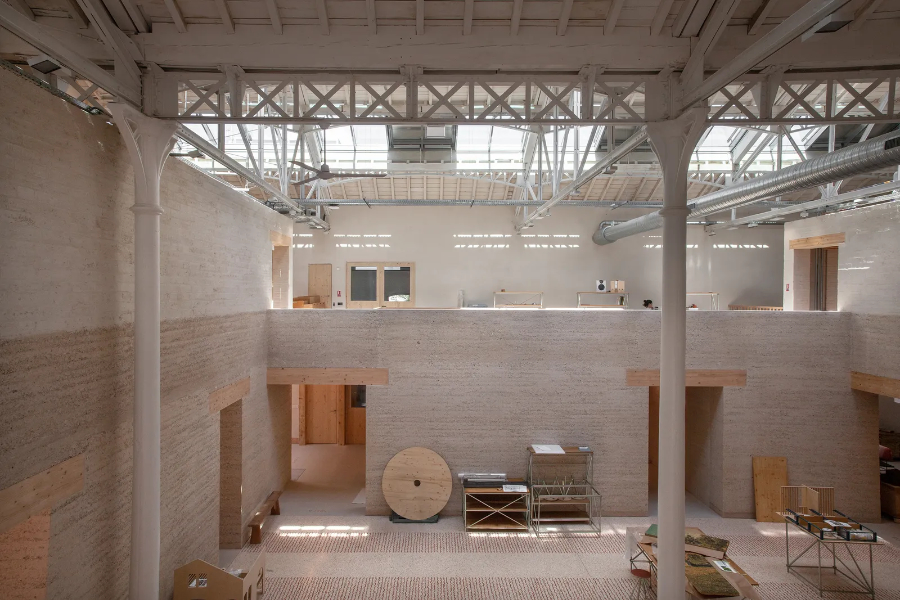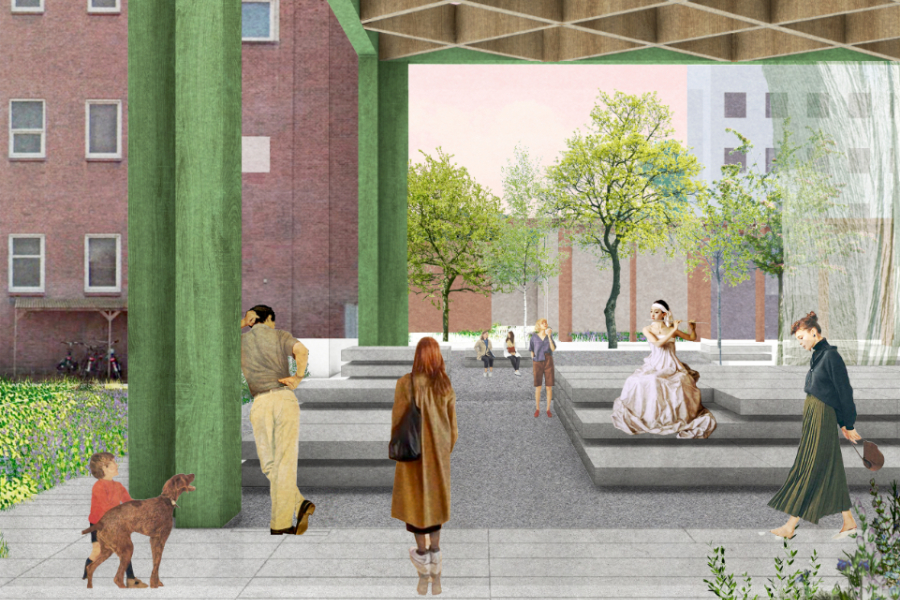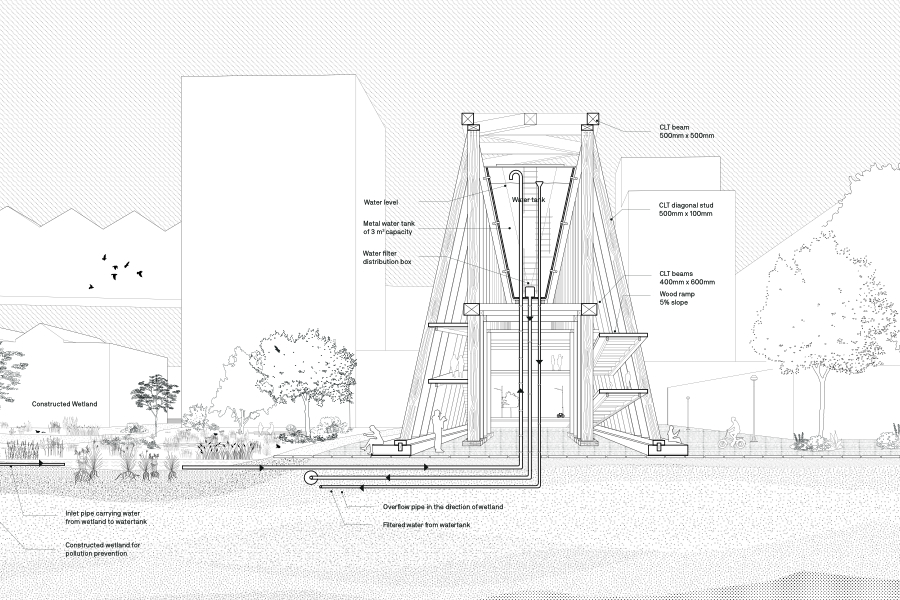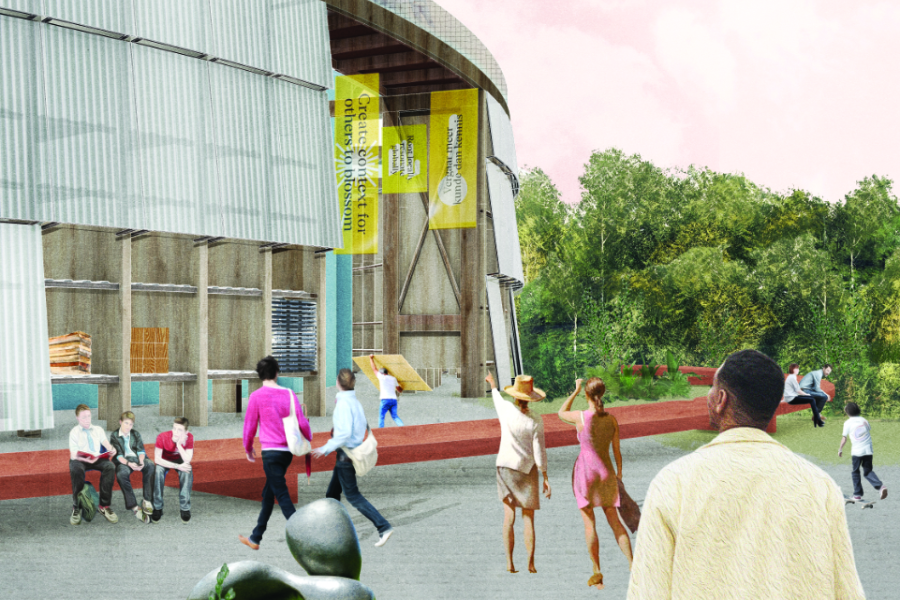Strata-scapes
'T Zoet (NL) - Lauréat

TEAM DATA
Associés: Izabela Słodka (PL) – auteure, architecte et urbaniste, Federica Zatta (IT) – auteure, architecte et paysagiste
contact@izaslodka.com / www.izaslodka.com
TEAM PORTRAIT
VIDEO (by the team)
INTERVIEW
Click on the images to enlarge
1. How do you define the main issue of your project in relation with the theme “Living Cities Imagining architecture taking care of the milieus”? And in which way do you think your project can contribute to an ecological and/or social evolution?
In our vision, 't Zoet is a spatial laboratory: its architecture is a living assemblage that can evolve over time through the care and influence of anthropological and biological factors. The nurturing of a living environment is embedded not only in the design of its spatial layout and maintenance, but also in the conceptualization, regeneration, production, and construction of its components.
2. How did the issues of your design and the questions raised by the site mutation meet?
The competition brief called for an iconic development on what appeared to be an empty terrain. In our project, Strata-scapes, we proposed transforming it into a long-term architectural experiment. We envisioned an alternative yet plausible scenario compared to current modes of development, one that could foster (bio)diversity, adaptability, inclusion, equality, hybridization, and life in all its forms.
PROJECT:



We have previously collaborated on various transformation projects involving existing urban fabric and past collective memories. While working on the 't Zoet site, our inspiration drew from Piranesi’s Campo Marzio dell' Antica Roma. Unlike Piranesi, however, our Strata-scape city is not an idealized one. It is a messy, unfinished, imperfect city where the interstitial spaces, the cracks, and the in-betweens hold as much value as the architecture itself.
SITE:



The essence of the project lies in gradual growth and constant change. We introduce various layers to create an intertwined strata-scape. These different strata do not adhere to a chronological order but emerge gradually and almost in parallel to each other. Within them, various programs can fit into different configurations, depending on their mutable needs. Thus, stakeholders must negotiate with each other and share certain spaces or programs.
REFERENCES:



We have previously collaborated on various assignments related to transformation and revitalization. Although both trained as architects, we have gained experience in a wide range of projects, spanning from architecture and urban strategies to landscape design. We recognized the importance of combining these skills to develop spatial concepts where landscapes and buildings are integrated, growing synergically as one.
6. How could this prize help you in your professional career?
The success of our competition proposal has inspired us to establish an architectural office together and further enhance our architectural standing and design methods. We look forward to collaborating closely with the municipality of Breda, expanding our professional network, and contributing to the development of the 't Zoet site.
TEAM IDENTITY
Legal status:
Team name:
Average age of the associates: 34 years old
Has your team, together or separately, already conceived or implemented some projects and/or won any competition? if so, which ones?
Yes, Izabela was a member of the winning team for Europan15 (Makers’ Maze) and a runner-up in Europan16 (Tracing Domains). The Europan15 competition led to various studies and an exhibition in which she collaborated with Federica Zatta, among others.
WORKS:






